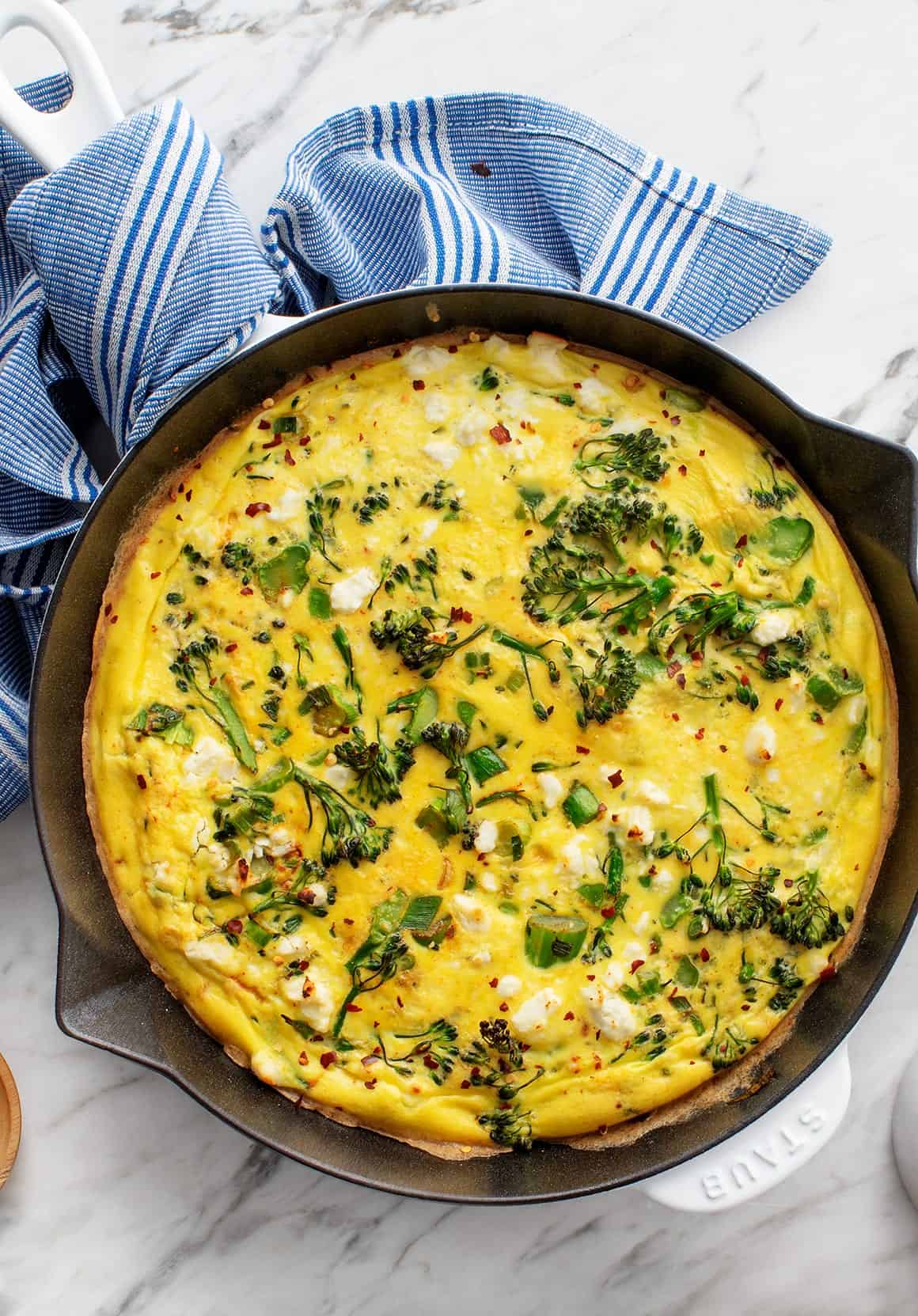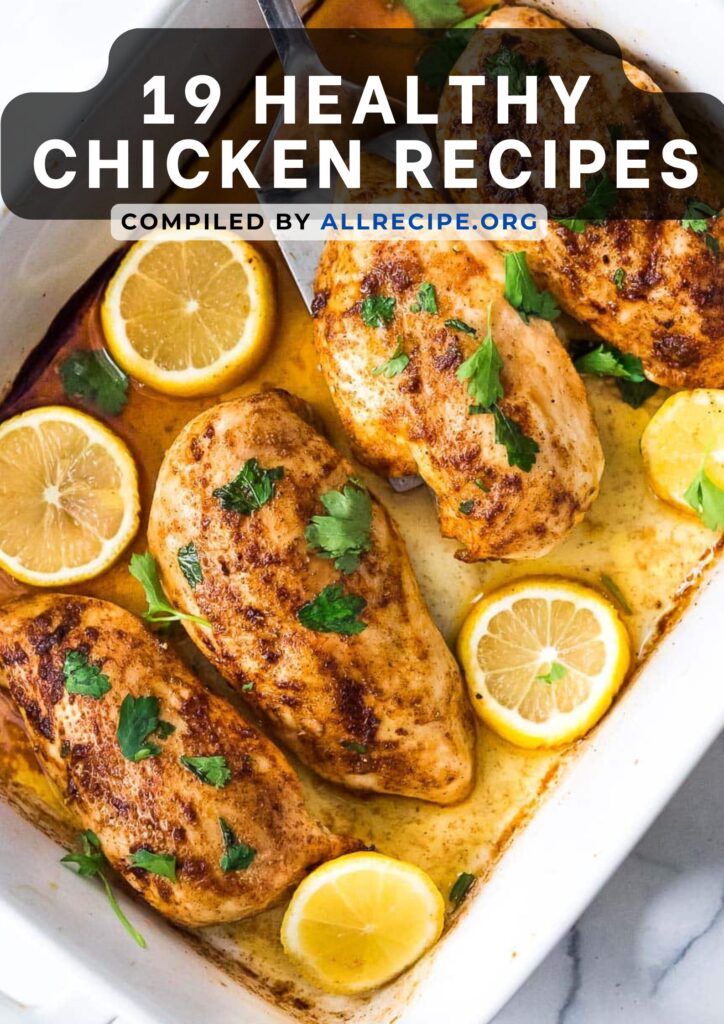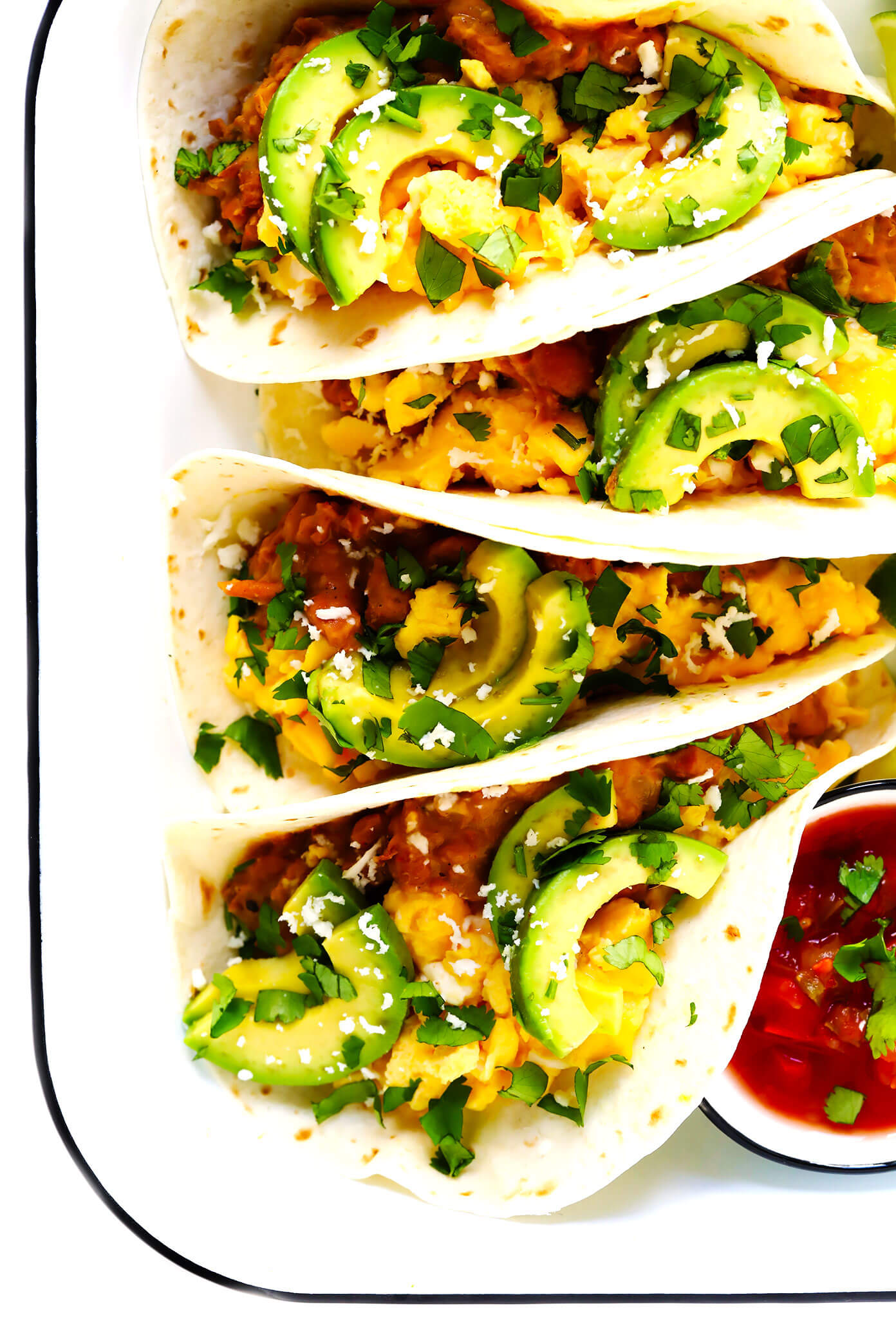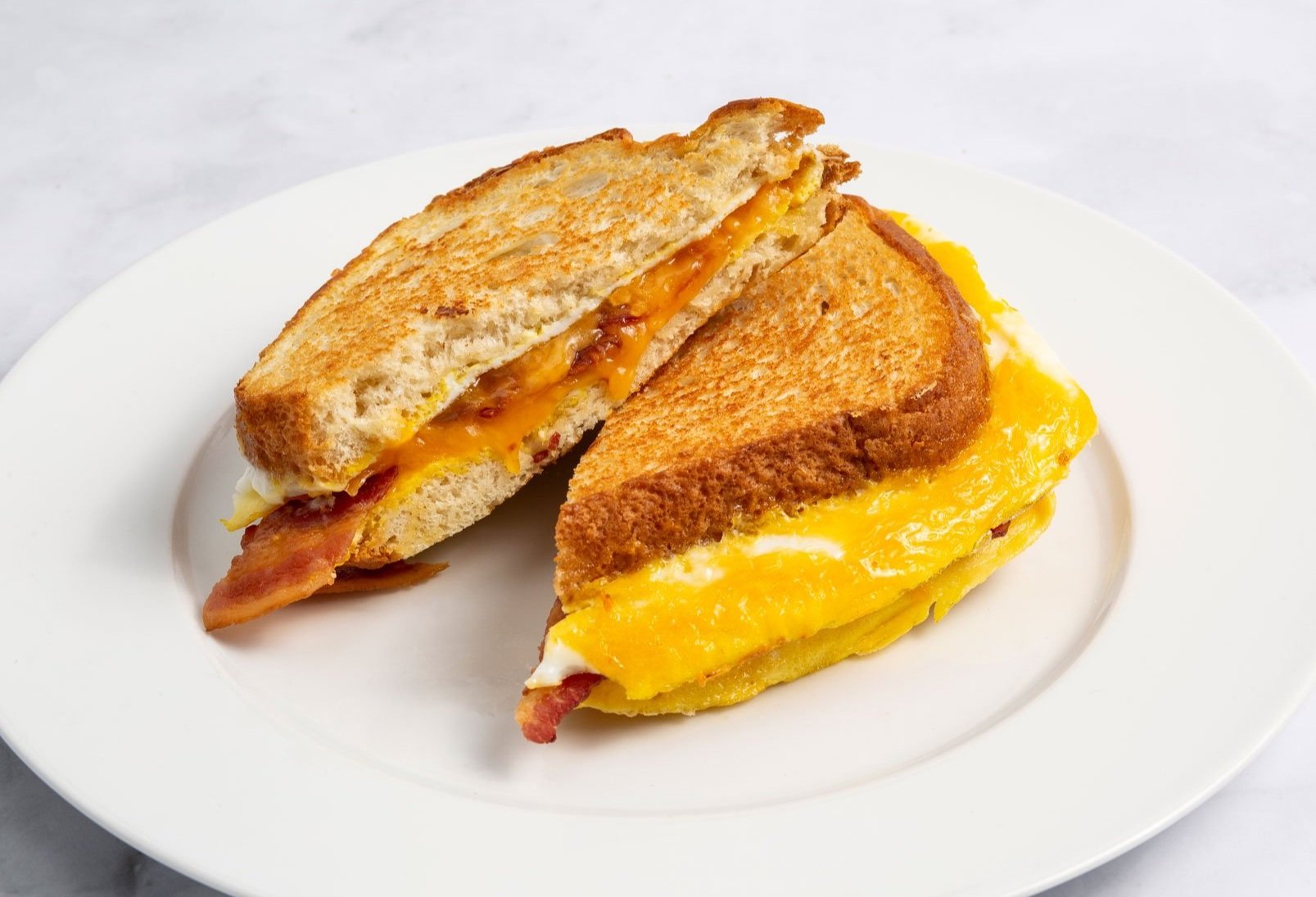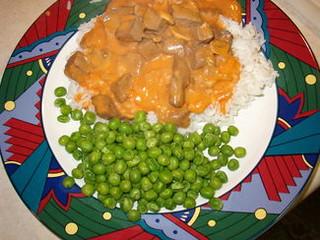Easy Frittata Recipe
Easy Frittata Recipe: A Culinary Symphony in an Oven-Kissed Pan
Indulge in the vibrant flavors of an “Easy Frittata Recipe,” a hearty and versatile dish that will tantalize your taste buds with its tantalizing medley of eggs, tantalizing toppings, and a crispy golden crust. With its simplicity and boundless possibilities, this frittata is a culinary canvas awaiting your creative touch.
Origin and History of the Frittata
This beloved dish, originating from the sun-kissed streets of Italy, has its roots in the humble frittata. Crafted from eggs, vegetables, and often meat or fish, the frittata represents the true essence of Italian home cooking: simple, nutritious, and brimming with flavor.
A Personal Touch: Frittata Chronicles
As a fervent culinary enthusiast, I’ve experimented extensively with this versatile dish, each creation bearing a unique story. One memorable day, while exploring a lively Italian farmers’ market, I encountered an array of vibrant vegetables that inspired an unforgettable frittata. The sweet crunch of bell peppers, the earthy notes of mushrooms, and the herbaceous aroma of basil amalgamated into a symphony of flavors that left an indelible imprint on my memory.
Things to Expect in This Recipe Article
- An easy-to-follow, step-by-step guide to crafting a perfect frittata
- A comprehensive list of ingredients and their alternatives
- Nutritional information and health benefits of the frittata
- Tips and tricks for variations and substitutions
- Storage and reheating instructions for hassle-free meal preparation
Ingredients List
- 6 large eggs
- 1/2 cup whole milk or non-dairy milk
- 1/4 teaspoon salt
- 1/4 teaspoon black pepper
- 2 tablespoons olive oil
- 1 cup chopped fillings (e.g., vegetables, meat, fish)
- 1/2 cup grated Parmesan cheese (optional)
Preparation Steps
- Whisk eggs, milk, salt, and pepper together in a large bowl.
- Heat olive oil in a nonstick skillet or ovenproof pan (8-inch).
- Add fillings to the pan and cook until softened or slightly browned.
- Pour the egg mixture over the fillings and sprinkle with Parmesan cheese (if using).
- Place in a preheated oven at 375°F (190°C) for 15-20 minutes, or until the eggs are set and the top is golden brown.
- Remove from the oven and let rest for a few minutes before slicing and serving.
Cooking Time & Servings
- Cooking time: 15-20 minutes
- Servings: 4-6
Nutritional Information
Per serving (assuming vegetarian frittata):
- Calories: 250
- Protein: 15g
- Fat: 15g
- Carbohydrates: 10g
- Fiber: 5g
- Calcium: 150mg
Health Conditions and People to Avoid This
- People with allergies to eggs or milk
- People who experience difficulty digesting high-protein foods
- People on low-fat or low-calorie diets
Nutrition and Benefits to the Body
Eggs:
- Rich in high-quality protein, essential for building and repairing tissues
- Excellent source of choline, crucial for brain and nervous system development
- Contain lutein and zeaxanthin, antioxidants that protect eye health
Vegetables:
- Packed with vitamins, minerals, and fiber
- High in antioxidants, which combat free radicals in the body
Milk (optional):
- Provides calcium, essential for strong bones and teeth
- Good source of protein and vitamins
Disadvantages
Eggs:
- Cholesterol: High cholesterol intake can increase the risk of heart disease. However, moderate egg consumption is considered safe for most people.
- Salmonella: Eggs can carry Salmonella bacteria, which can cause foodborne illness. Cook eggs thoroughly to prevent contamination.
Milk (optional):
- Lactose intolerance: People with this condition cannot digest lactose, a sugar found in milk.
- Dairy allergies: Some people are allergic to milk and milk products.
Eating moderately is perfectly fine, but acquiring excess of this nutrients is harmful.
Tips and Tricks
- For a fluffier frittata, separate the eggs, whisk the whites until stiff peaks form, and then fold them into the yolk mixture.
- Experiment with different fillings such as spinach, feta, bacon, artichokes, or ham.
- To ensure even cooking, use an ovenproof skillet that can go directly from the stovetop to the oven.
- Serve the frittata with a side salad, toast, or fruit for a complete meal.
Equipment Needed
- Large bowl
- Whisk
- Nonstick skillet or ovenproof pan (8-inch)
- Spatula or wooden spoon
Variations or Substitutions
- For a vegan frittata, use tofu instead of eggs.
- If you don’t have milk, use water or non-dairy milk (e.g., almond milk, soy milk).
- Gluten-free: Use a gluten-free flour tortillas.
Serving Suggestions
- Cut into wedges and serve for breakfast, brunch, lunch, or dinner.
- Top with fresh herbs, a dollop of salsa, or sour cream.
- Serve with crusty bread or toast for dipping.
Storage and Reheating Instructions
- Store leftovers in an airtight container in the refrigerator for up to 3 days.
- To reheat, place the frittata in a preheated oven at 350°F (175°C) for 15-20 minutes, or until heated through. Alternatively, reheat in a microwave on high for 1-2 minutes.
Conclusion
Embark on a culinary adventure with this delectable “Easy Frittata Recipe.” Its versatility, simplicity, and nutritional value make it a perfect addition to your repertoire of culinary creations. Don’t hesitate to share your frittata masterpieces on social media, tagging us for a chance to be featured. And if you have any questions or suggestions, leave them below! We’d love to hear from you.
Frequently Asked Question (FAQs)
Q: Can I make this frittata in advance?
A: Yes, you can prepare the frittata up to 3 days ahead and reheat it when ready to serve.
Q: Can I use frozen vegetables in this recipe?
A: Yes, you can use frozen vegetables. Allow them to thaw completely before adding them to the pan.
Q: Can I add meat to this frittata?
A: Yes, you can add cooked meat (e.g., bacon, sausage, ham) to the frittata. Cook the meat before adding it to the pan.
Q: What can I do if my frittata doesn’t set?
A: If your frittata doesn’t set, it may be undercooked. Cook it for a few more minutes in the oven or on the stovetop.

